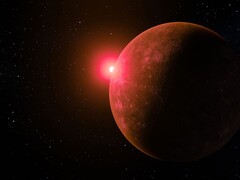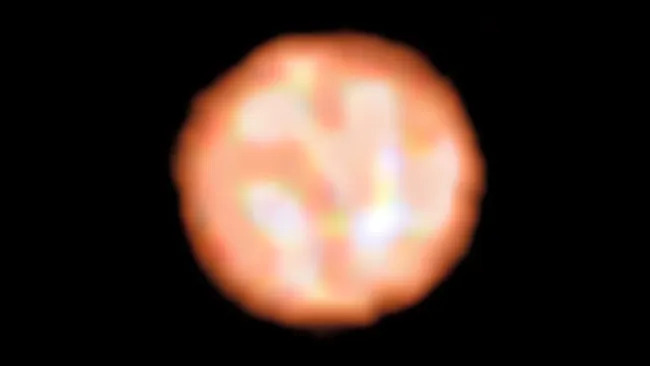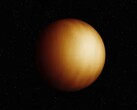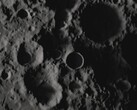The universe is a place that still holds many surprises, and numerous discoveries are made every year. Recently, a team of astronomers has discovered a new companion around a red giant. But while this is good news for science, it could cause real chaos.
For this, we must turn to Pi1 Gruis, a semiregular variable star discovered in 1756 and located in the Grus constellation, about 590 light-years from Earth. And it is a very interesting star, because if it has the mass of the sun, it is 350 to 400 times larger than the latter.
But astronomers wanted to know if this red giant had a companion. And for this, they used the array of 66 radio telescopes called ALMA. Thus, they compared data from Pi1 Gruis and ALMA with various research models, and according to the results published in the journal Nature Astronomy, this star has a companion.
However, it does not have a normal behavior. Indeed, its orbit around this red giant is not elliptical. According to scientists, it would be circular, which could disrupt the development of the star in the future. In other words, it could be absorbed or shredded by its neighbor.
And this discovery could help to better understand the future of the sun and the planets in the solar system, as Mats Esseldeurs explains:
"Understanding how close companions behave under these conditions helps us better predict what will happen to the planets around the sun, and how the companion influences the evolution of the giant star itself."
As a reminder, in five billion years, the sun will have exhausted all its energy reserves and will turn into a red giant, absorbing the planets around it. Therefore, new studies must be conducted to better understand this type of star.























